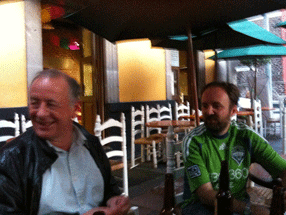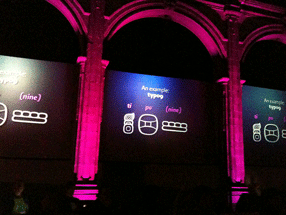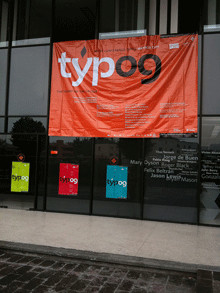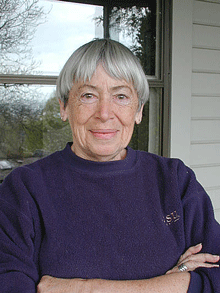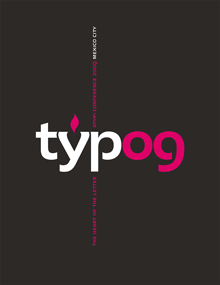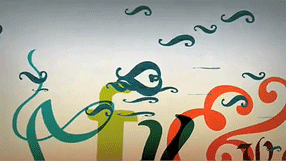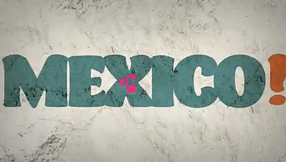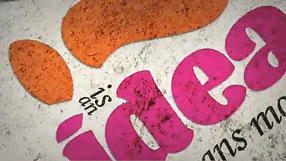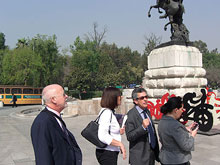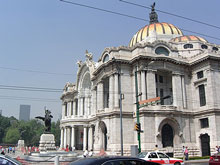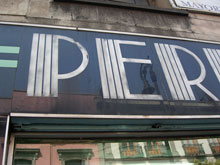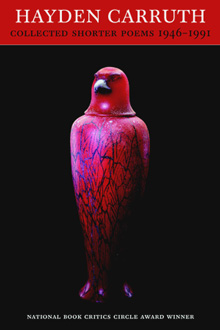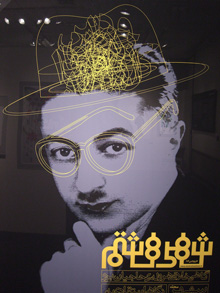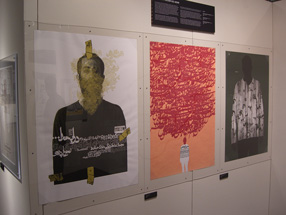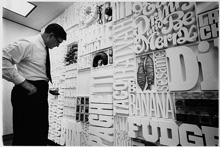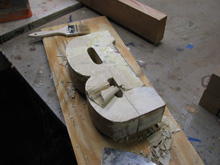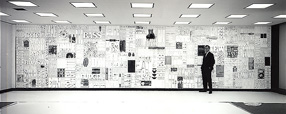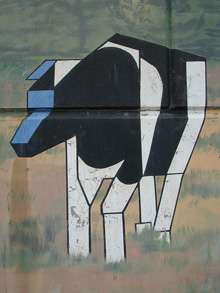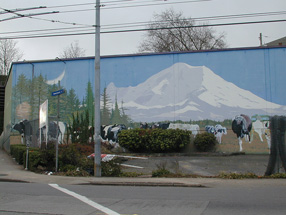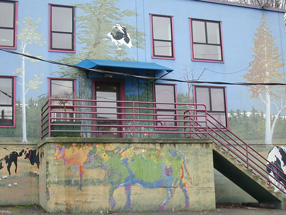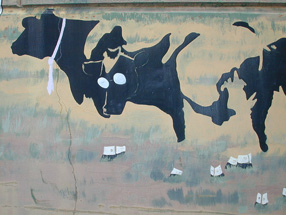Last week I was in Mexico City for several days of intense but productive meetings with the local organizers of Typ09, this year’s ATypI conference, which will be held there in October. It was almost exactly a year since Eileen and I first visited Mexico City, for preliminary meetings and to look at potential venues. This time we were nailing down the venues for the main conference program (at MIDE, the Museo Interactivo de Economía, a modern high-tech museum in a fully restored 18th-century monastery in the historic center of the city) and for the two days of hands-on workshops, TypeTech presentations, and master classes (at Anáhuac University, in the hills west of the city, which has extensive meeting and working space and a very well-maintained infrastructure).
We visited MIDE and figured out how to make best use of its spaces, and we also visited the nearby Palacio de Bellas Artes, where we should be able to hold the gala dinner, thanks to the support of the Mexican government’s minister of culture, Sergio Vela, whom we met at his office. We also visited the university’s beautiful hilltop campus and imagined creative ways to use its many classrooms, theaters, and display spaces. Since Mexico City’s traffic is legendarily awful (and Anáhuac is not, unfortunately, near any Metro line), the only way to hold events in two widely separated places will be to concentrate on one (the Centro Histórico) for three days, and the other (Anáhuac) for the rest. Hotels will be in the heart of the city, with bus transportation to the university on the workshop days. We are also planning some optional side-trips after the conference; the dates (October 26–30) were chosen not only to avoid the end of the rainy season but to segue neatly into visiting Oaxaca for the Day of the Dead celebrations (and also to see typographic and printing treasures there).
Typ09 will be the first ATypI conference held in Latin America; enthusiasm is running very high, not only in Mexico but in Argentina, Brazil, and other Latin American countries with typographic communities. Even in a time of economic collapse, the organizers expect a larger attendance than we have had at any ATypI conference in many years.
[Images, top to bottom: Roger Black, Barbara Jarzyna, Ricardo Salas, and Mónica Puigferrat in front of the Palacio de Bellas Artes; the Palacio de Bellas Artes; an arcade around the central courtyard at MIDE; detail of a shop sign in the Centro Histórico.]
Categorized as architecture, culture, events, typography |
